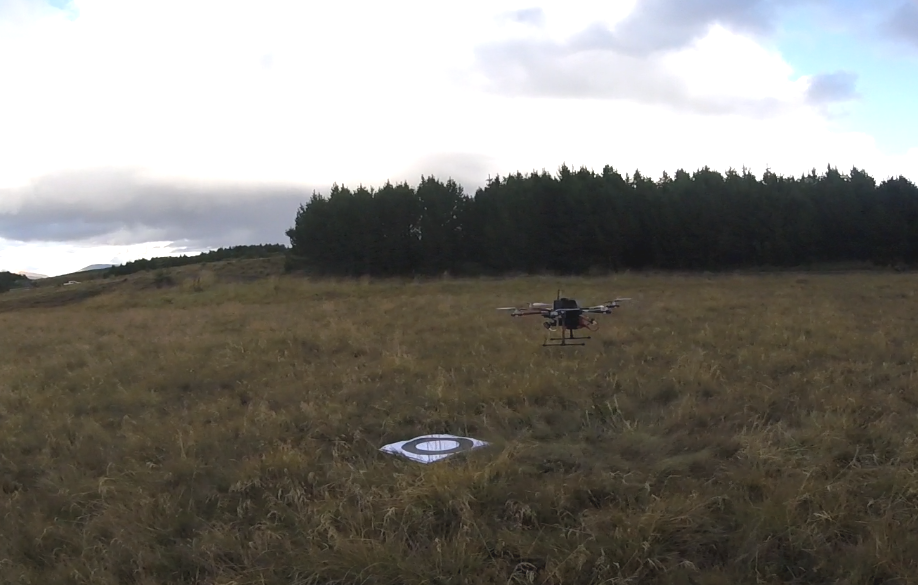Many drones perform autonomous waypoint navigation, but no reliable and safe method for takeoff and landing is openly available. We aim to implement and evaluate methods for the autonomous takeoff and landing of uncrewed aerial vehicles (UAVs) in unknown environments. Such methods are needed for delivering goods by drones where designated landing spots do not exist. Additional applications include drones as a service, where potentially untrained users rent drones for specific tasks. At least drones should be able to land safely as a last resort.
Many drones perform autonomous waypoint navigation, but no reliable and safe method for takeoff and landing is available to researchers. Proprietary solutions like DJI Naza are black boxes researchers cannot quickly adapt. Existing solutions that can be investigated are limited to very controlled environments.
We propose a method of autonomous landing using vision and distance sensing. Data is collected in-flight to identify potential landing spots and control the process, aborting the landing if the drone cannot land safely on the site. First, we will use fiduciary markers to identify landing spots. Second, we expand the method to use GPS locations and visually assess the landing place.

One goal of the method is to be safe: it should not harm the environment or people near the landing place. It must fail safely if the environmental conditions do not allow landing by hovering at a safe distance and notifying an operator. Therefore, the drone must be able to detect those abnormal situations.
People
Joshua Springer
Garret Forthofer
Kjartan Már Andersen
Results
Funding
The Icelandic Student Innovation Fund funded this project, grant no. 208709-0091